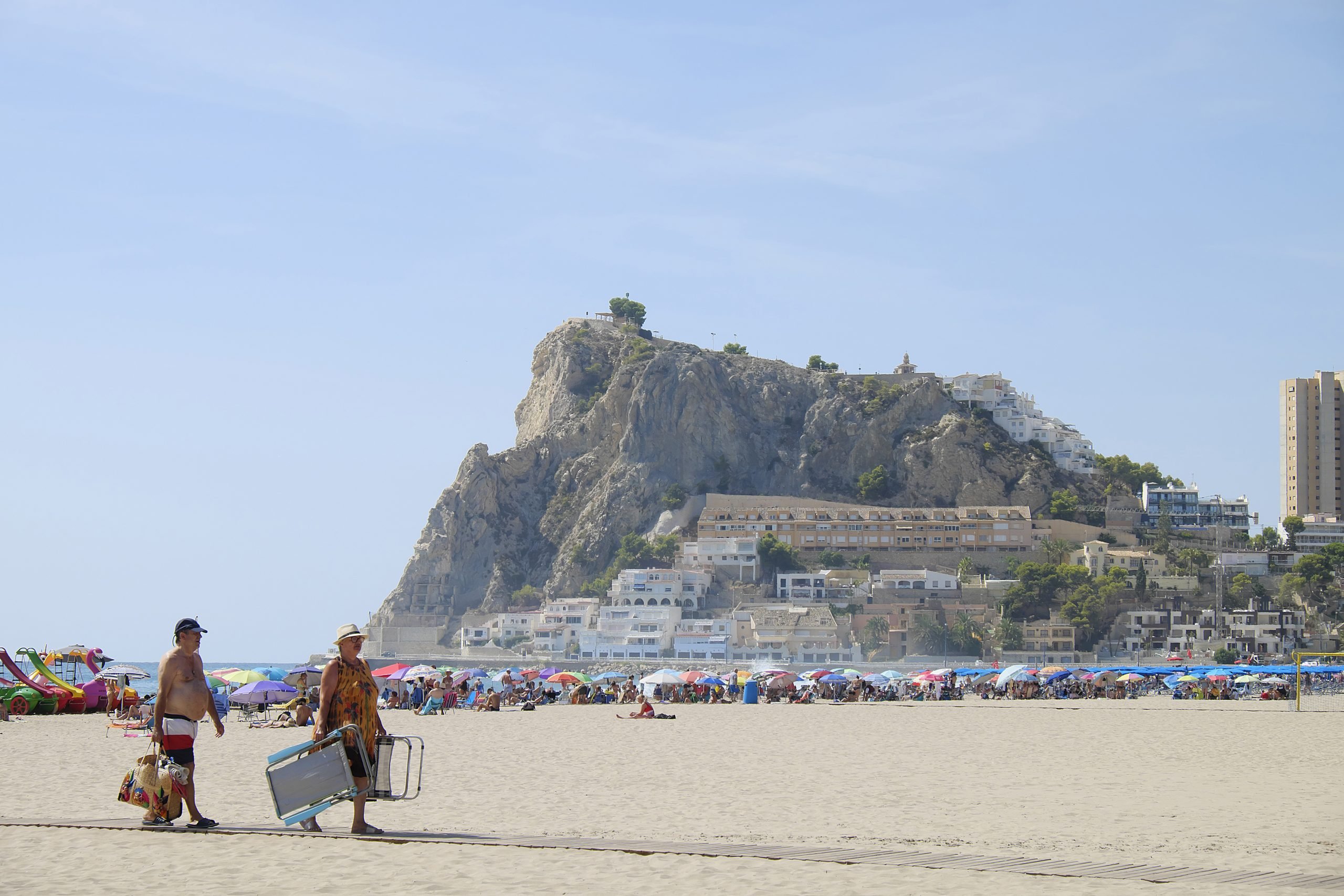
Archaeologists excavating the fort of Tossal de La Cala, part of a string of ancient Roman structures some three miles from Benidorm, Spain, have discovered a 2,000-year-old rock carved with a human face, a large horn-shaped container known as a cornucopia, and a phallus.
The rock carving measures 22 by 17-inches, and was revealed following a period of heavy rains that hit the area in early 2020. It is believed to be missing a section in the upper right corner.
Excavations at the fort have been ongoing since 2013, undertaken by archaeologists from the University of Alicante aiming to gain a clearer sense of the fort’s role and environment.
The technical director on the excavations, Jesús Moratalla, has described the find in a report as “a relief of exceptional historical significance,” given its uniqueness in terms of composition.
The meaning of the carving remains a mystery. Phallic imagery was common across Roman sculpture and paintings as they believed it was the embodiment of male power and provided protection. The presence of the horned basket alongside the face may indicate the evocation of a deity. The goddess of good luck, Fortuna, was frequently depicted holding a cornucopia.
Despite being discovered in the early phase of the pandemic, news of the discovery has largely been suppressed with onsite archeologists keen to ensure the carving is properly protected and can be exhibited to the public without being separated from the site at Tossal de La Cala.
The fort is located on top of a 300-foot hill and was first excavated in the 1940s. Subsequent archaeological digs, mainly by the University of Alicante, have determined that it was occupied by the general Quinto Sertorio during the Sertorian Wars, 80 to 72 B.C.E, that was fought between Roman renegades and Rome.